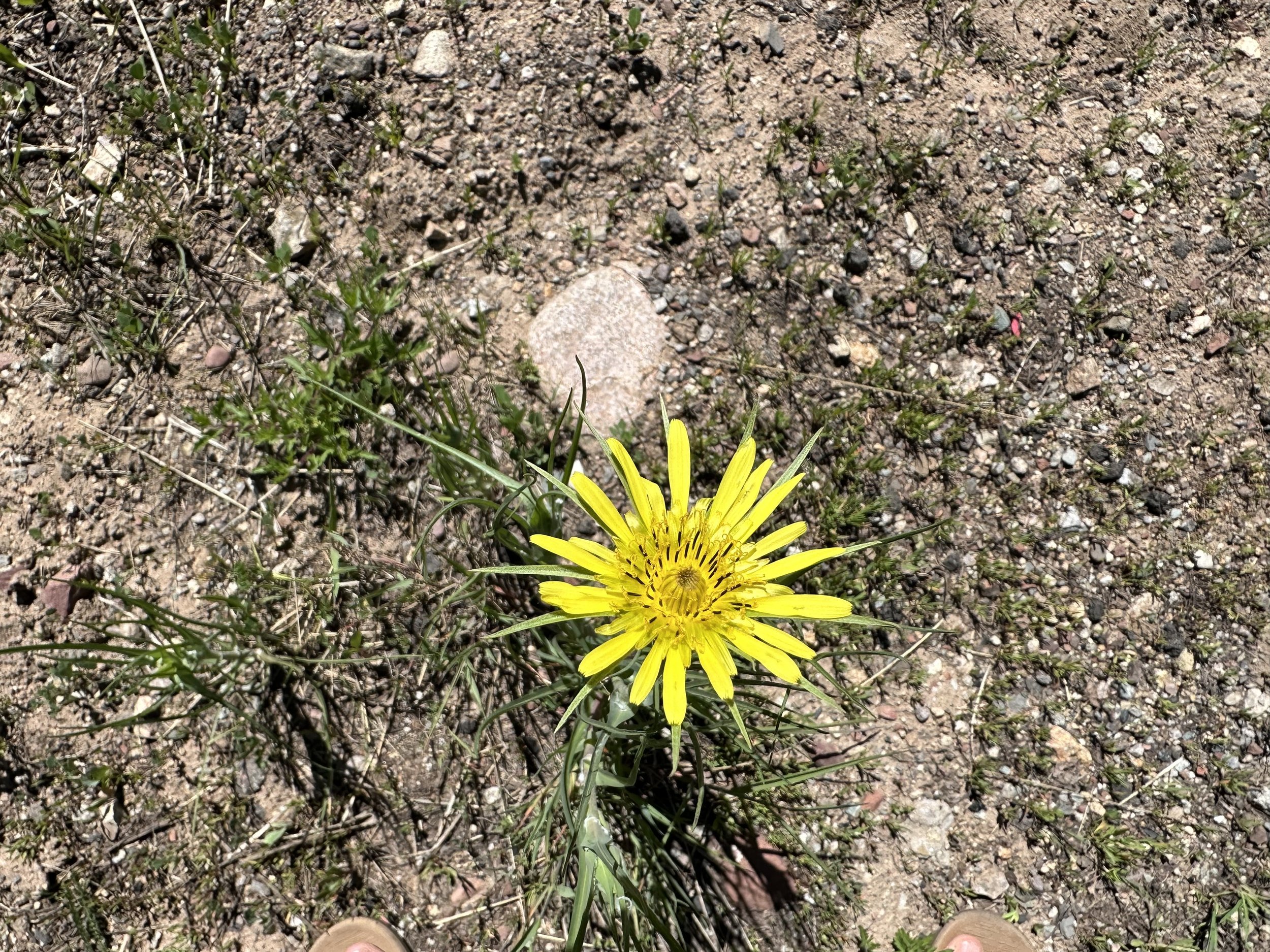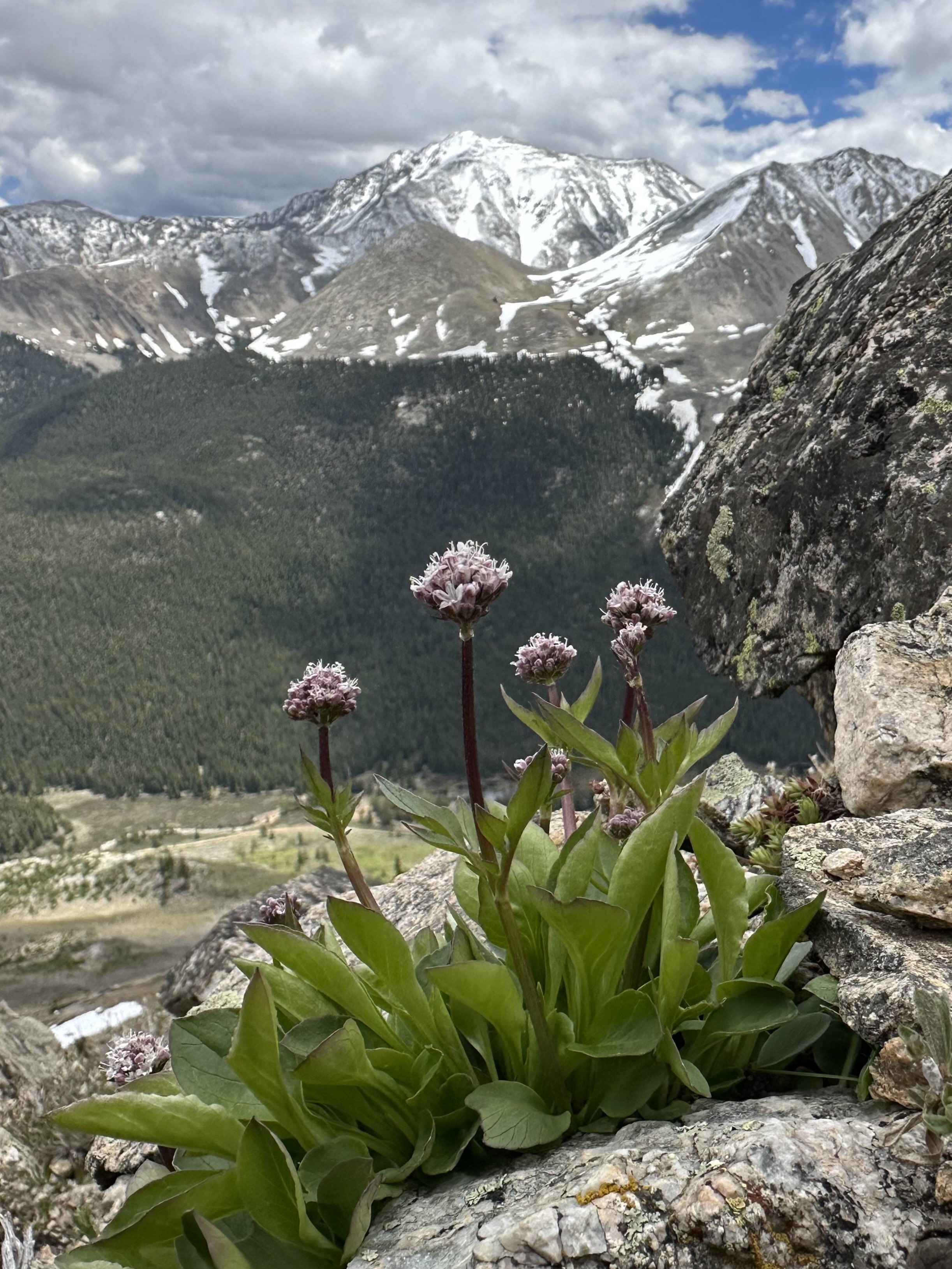Lewisia pygmaea, June 23, 2023
White version, Geissler, 12,100’, July 21, 2023
Common & scientific name
Pygmy bitterroot, Lewisia pygmaea
Family
Miner’s Lettuce, Montiaceae
Location
Mt. Champion, 12,000’
Fun, weird, helpful, or little known fact
The much tinier cousin of the state flower of Montana, the Bitterroot, this light pink to lavender to magenta (when it first comes out) beauty sits tight on the tundra among its long, fleshy leaves, protecting itself from the cold temps and desiccating winds. Add it to your list of miniature alpine wonders!
Twining, 12,500’, June 29, 2023







































